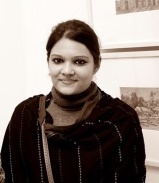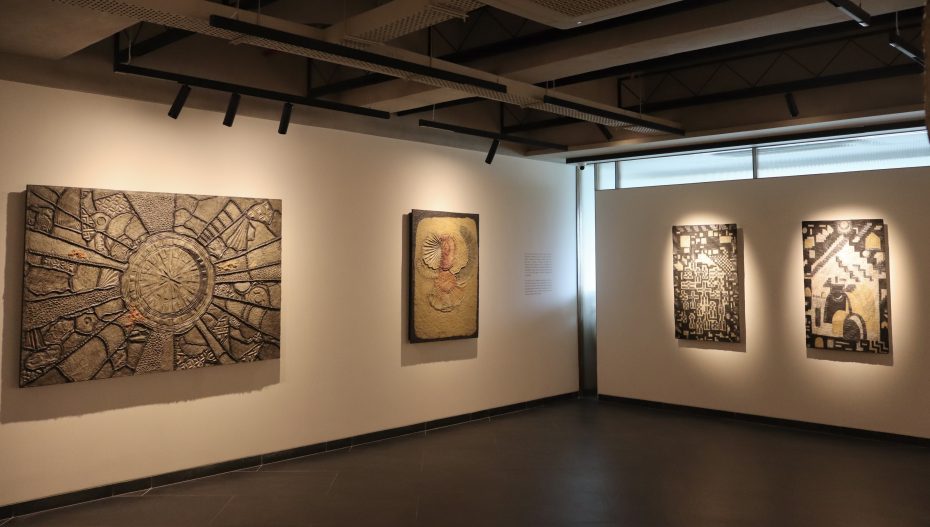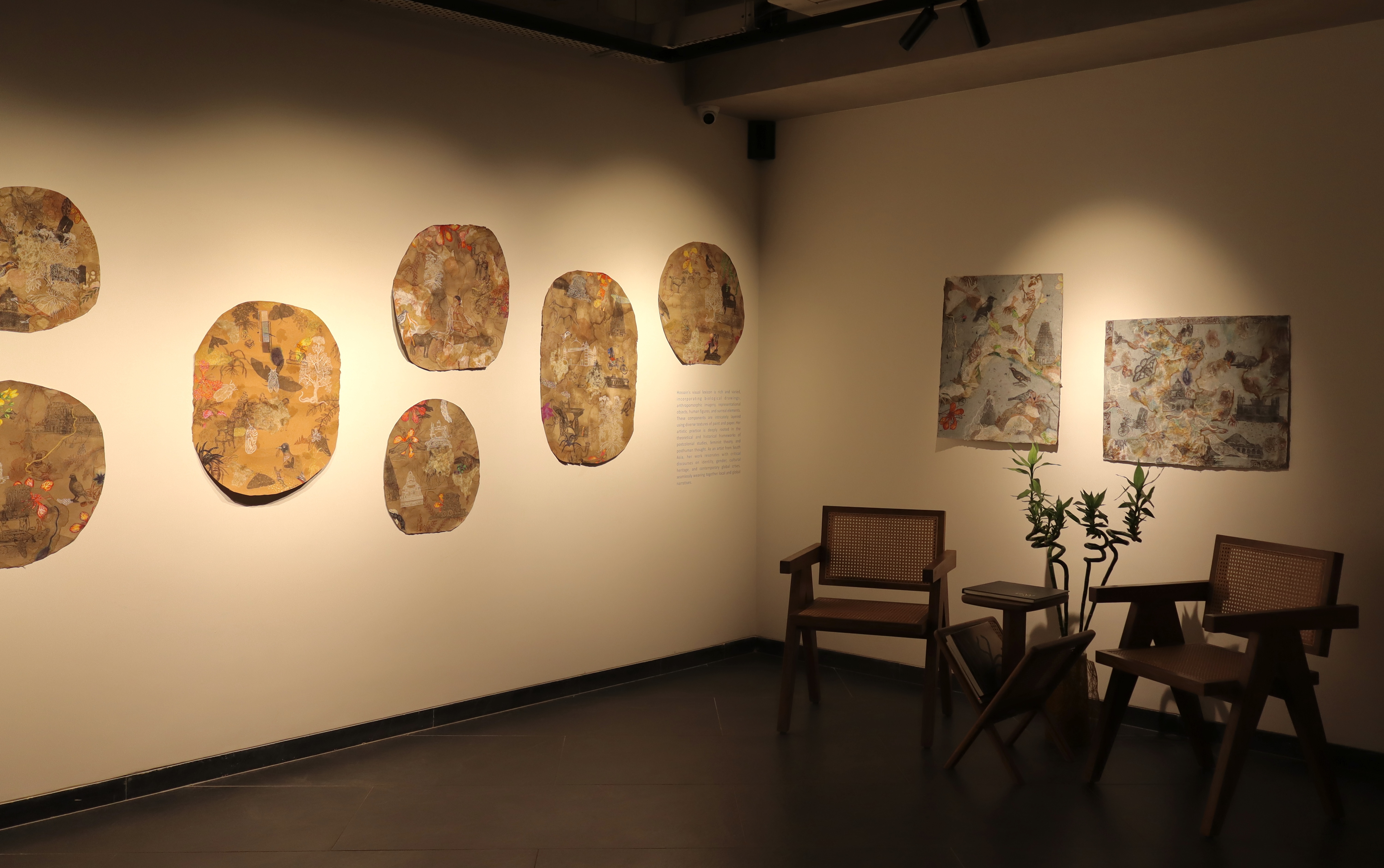Gallery iRam Art has brought some exciting work by two young Bangladeshi artists to Ahmedabad, in an exhibition titled Embodied Vestiges, which opened on Friday. This is the iRam gallery’s second exhibition since it opened in March. Speaking to VO! at the opening, founder Harssh Shah said iRam’s objective is to set a global benchmark for contemporary art in Ahmedabad. “Our gallery is a space for artists, collectors, and art lovers to learn, discover and engage. To this end, we are organising a series of weekend workshops throughout the duration of this exhibition.”

Shah became acquainted with the work of Promiti Hossain and Dinar Sultana, the two exhibiting artists, at the Dacca Art Summit. “Nadia and Rajeeb Samdani, the organisers of the summit, introduced me to them. Since then, we have been promoting their work globally,” he says.

Hossain and Sultana both studied art in Shantiniketan, West Bengal. Now based in Dacca, the artists could not make it to Ahmedabad for the opening, but their work speaks for itself. But if you still need interpretation, the exhibition’s erudite curator, Satyajit Dave, is at hand to help. “The notion of vestiges is central to the curatorial theme here,” he says. “Vestiges are echoes of the past that persist into the present, influencing our perceptions and experiences.”

Promiti Hossain’s work is based on her three-month stay at Hampi earlier this year, as part of the Hampi Art Lab organised by Sangita Jindal of JSW. With etchings, drawings and watercolor paintings on goatskin and paper, she explores the mythological and historical aspects of Hampi, quirkily blending them with her observations of cows and stray dogs.
A larger part of the exhibition is given over to the works of Dinar Sultana, who uses a diverse array of materials, including architectural and terracotta moulds, cotton pulp, human hair, snake skin, and other discarded ephemera. She makes paper using pastes from flower pulp, recycled newspapers and pigments extracted from flowers, bark, seeds, leaves, stone and clay. Her large pieces use geometrical design to great effect. One of the visually striking pieces at the exhibition is a work inspired by Bernard J S Cahill’s Butterfly Map.
Also Read: Customs Wrongly Accuse Chinese Woman, Judge Shows Article 21














